- Sponsored Content
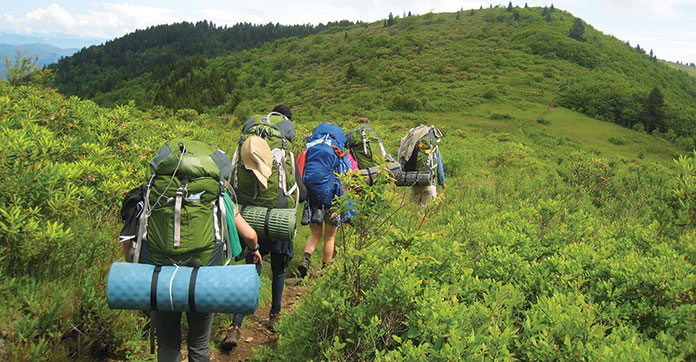
This April, the first group of Year 9 Tanglin Trust School students will head to Tanglin Gippsland to take part in the inaugural Highlands Programme. This new five-week immersive educational programme will offer the ‘Highlanders’ a mix of academic curriculum, outdoor education, adventure activities and sustainability initiatives, and ultimately a unique and enriching learning experience.
Craig Considine, CEO of Tanglin Trust School, emphasised the immense benefits of experiential learning during the formative teenage years of Middle School, and explained, “Students will have the opportunity to develop essential life skills such as resilience, teamwork, problem-solving, and independence, all while immersed in a stunning natural environment.”
The programme’s name and ethos are deeply rooted in the legacy of Tanglin’s founder, Miss Anne Griffiths-Jones, who recognised the transformative impact of learning beyond the classroom, when back in 1934, she established a boarding school in the Cameron Highlands, Malaysia, offering Tanglin students a healthy, safe and refreshing new learning environment.
The Perfect Location for Experiential Learning
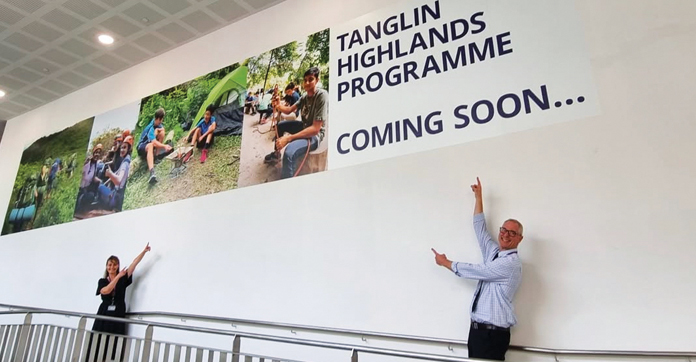
Gippsland, Victoria, with its diverse landscapes ranging from rolling lowlands to majestic mountain ranges and its spectacular seasonal changes, serves as an ideal setting for this pioneering experiential learning programme. The Highlands Programme is led by Mark Cutchie, Head of Campus, who will live on-site with his wife Sharon and the rest of the teaching team.
Mark has been instrumental in overseeing every aspect of the programme and site development – from administrative and construction planning of the new campus, to working closely with Tanglin staff to design the academic and outdoor aspects of the offering. His deep understanding of the new campus’s location, coupled with his background in education leadership, has allowed him to collaborate closely with Tanglin’s teaching staff to create an outdoor-focused curriculum that complements the learning objectives of curiosity, confidence and community – all key attributes which are developed during Middle School.
Mark’s frequent visits to Singapore during the planning process have kept parents and students informed about campus progress and plans. His passion and meticulous preparation have ensured that the Highlands Programme aligns seamlessly with Tanglin’s vision of holistic education.
Creating the Tanglin Gippsland Campus

Every detail of the campus and the programme has been thoughtfully planned. Student dormitories were designed and decorated using sustainable materials and colours inspired by Gippsland’s native flora. Bushfire management plans were meticulously integrated into the campus’s design, and any felled trees were repurposed where possible for landscaping and firewood, underscoring Tanglin’s commitment to sustainability.
Tanglin’s Outdoor Education department has also collaborated with the Gippsland team to design the hikes and other outdoor experiences that the students will experience, ensuring a seamless integration with the curriculum. Preparations have even extended beyond Year 9, with younger students beginning their journey towards participation in the Highlands Programme through tailored outdoor education activities.
The style and specialism of teachers involved in the Highlands Programme has also been carefully considered. Teachers with expertise in pastoral care and outdoor education were chosen to enrich classroom learning with field-based lessons in geography, history, and science.
New Tanglin Adventures in Gippsland

The start of the school year last August marked a turning point as planning transitioned into action! In celebration of Tanglin’s Centenary and the establishment of Tanglin Gippsland, a bold challenge was set: to hike the full 665km of the Australian Alps Walking Track. During the October half-term, Mark, supported by a local team of guides, led a group of 20 Tanglin staff, including Craig Considine and Jennifer Martin (Head of Outdoor Education), on the inaugural expedition, covering an initial 77km of the track.
The hike allowed staff to experience firsthand the breathtaking beauty and challenges that students will encounter. Reflecting on the experience, Jen shared, “When we were out in the mountains, it was all about supporting each other and appreciating the path ahead. We felt an incredible sense of pride after completing the trek – imagine how our students will feel after spending five weeks here!”
The Next Chapter
The Highlands Programme’s launch in Tanglin’s Centenary year is a remarkable milestone, with over 100 students expected to participate in its inaugural year. However, its true legacy lies in its long-term impact: challenging students, fostering independence, and creating life-changing educational experiences.
 95 Portsdown Road, 139299
95 Portsdown Road, 139299
www.tts.edu.sg
www.facebook.com/TanglinTrustSchool
instagram/tanglintrust



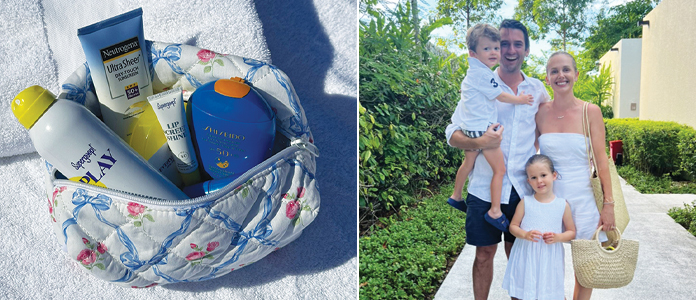
 What should everyone pack for a holiday, no matter what the destination?
What should everyone pack for a holiday, no matter what the destination? What are your must-have clothing and accessories for a beach holiday?
What are your must-have clothing and accessories for a beach holiday?
 What should you keep in mind when packing for a city holiday?
What should you keep in mind when packing for a city holiday?
 What’s on your list for a sporty holiday?
What’s on your list for a sporty holiday? Looking for your next destination running event?
Looking for your next destination running event?  Make it a Holiday!
Make it a Holiday! Read on for a Runner’s Perspective
Read on for a Runner’s Perspective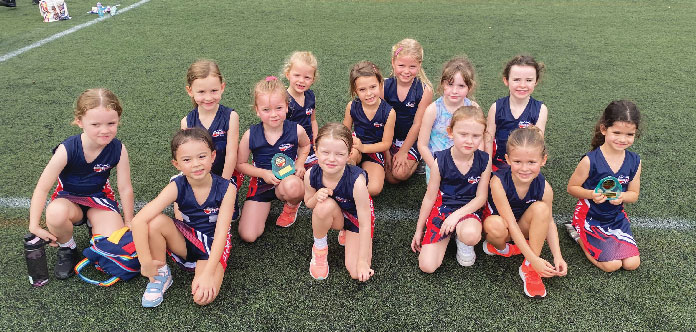


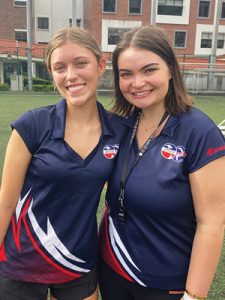
 Almost 200 years ago, The King’s School was founded for the purpose of educating young men whose character exemplifies humility and excellence and who seek to make an outstanding impact for the good of society.
Almost 200 years ago, The King’s School was founded for the purpose of educating young men whose character exemplifies humility and excellence and who seek to make an outstanding impact for the good of society. Whether a student is a day boy or a boarder, all Kingsmen are immersed in the residential community. This sense of unity is evident as students and staff come together to share meals in the dining hall each lunchtime. Beyond mealtime, students have access to the School library for quiet study and one-on-one tutoring sessions. Additionally, boys can take advantage of the sports fields for extra co-curricular activities, sports training, or simply to connect with one another.
Whether a student is a day boy or a boarder, all Kingsmen are immersed in the residential community. This sense of unity is evident as students and staff come together to share meals in the dining hall each lunchtime. Beyond mealtime, students have access to the School library for quiet study and one-on-one tutoring sessions. Additionally, boys can take advantage of the sports fields for extra co-curricular activities, sports training, or simply to connect with one another. Christian Community is integral to a King’s education, and the School recognises that boys must have authentic and tangible experiences within their community and beyond to become young men of integrity.
Christian Community is integral to a King’s education, and the School recognises that boys must have authentic and tangible experiences within their community and beyond to become young men of integrity.
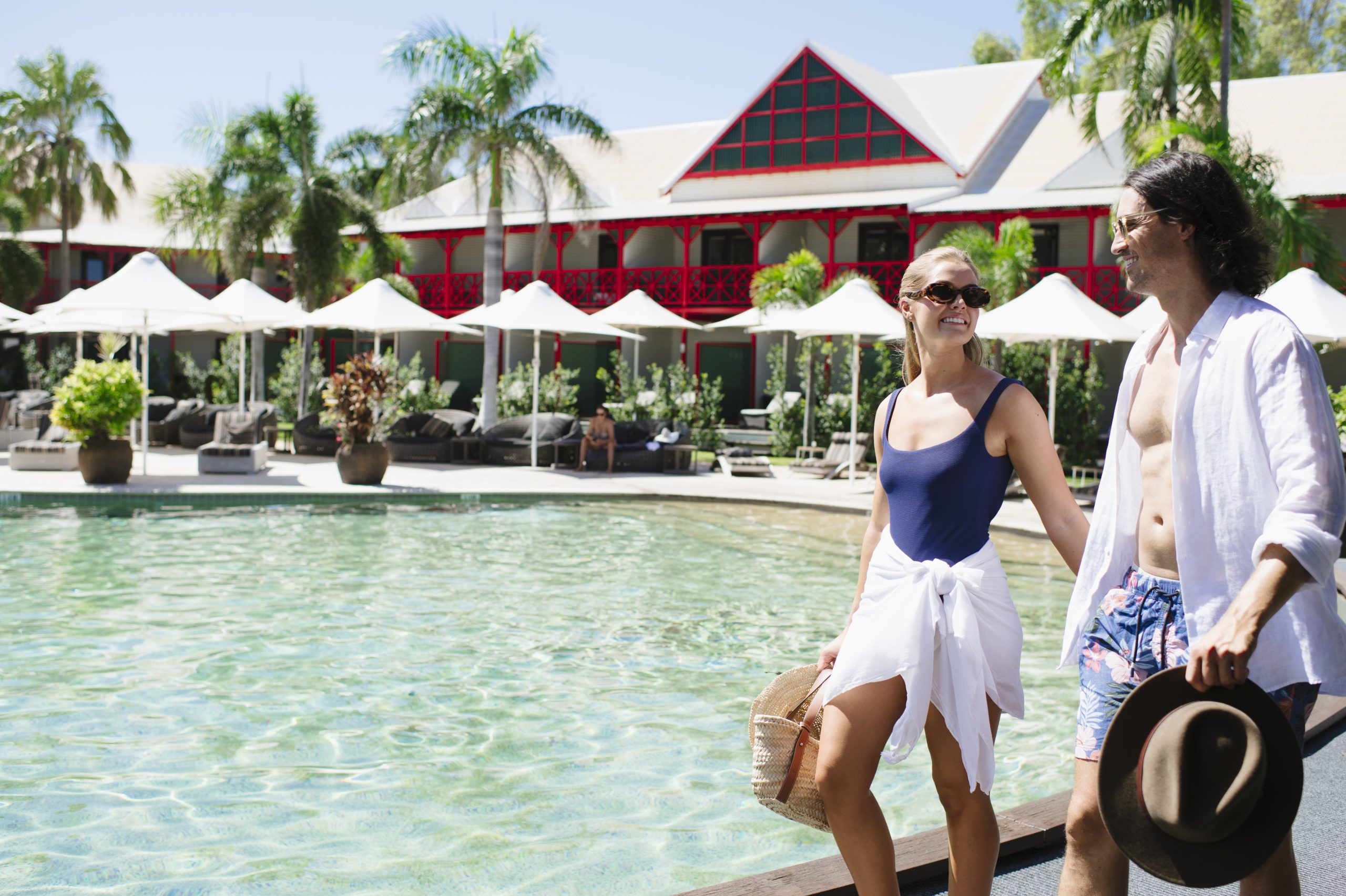
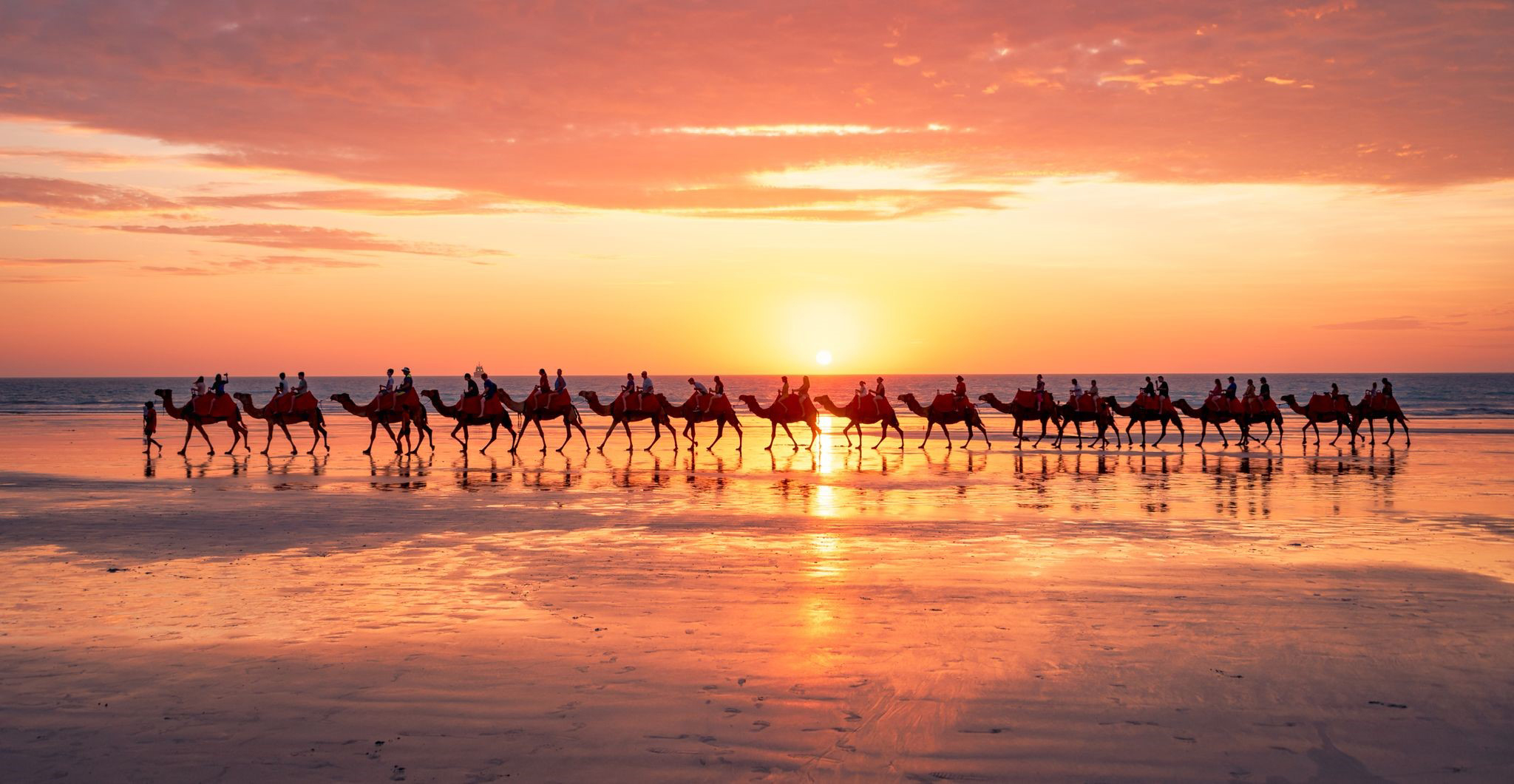
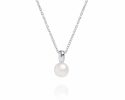
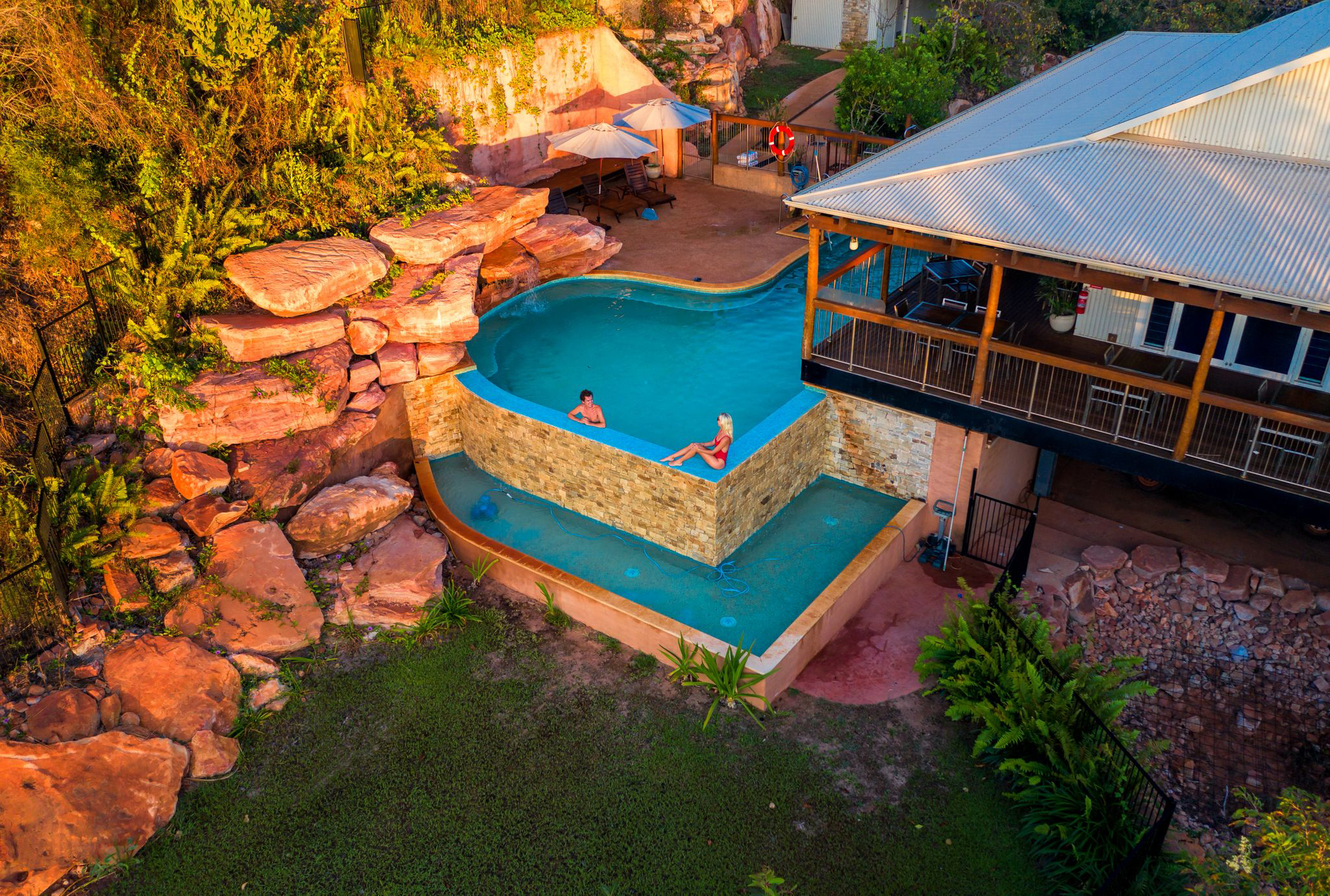











 Despite the challenging climate, running is a brilliant way to stay active in Singapore! Run clubs are gaining huge popularity, and with races like the 2XU, HYROX and Standard Chartered fast approaching, we spoke to the Head Podiatrist at
Despite the challenging climate, running is a brilliant way to stay active in Singapore! Run clubs are gaining huge popularity, and with races like the 2XU, HYROX and Standard Chartered fast approaching, we spoke to the Head Podiatrist at 